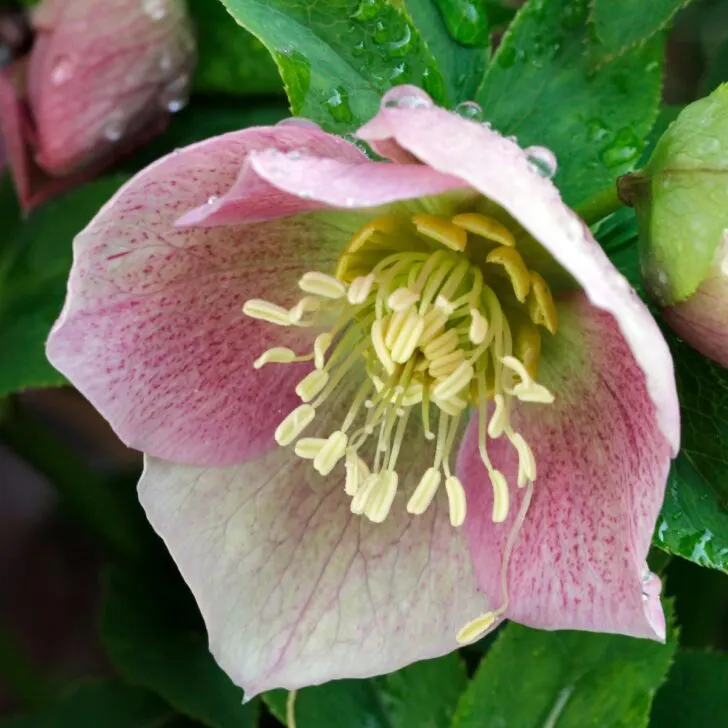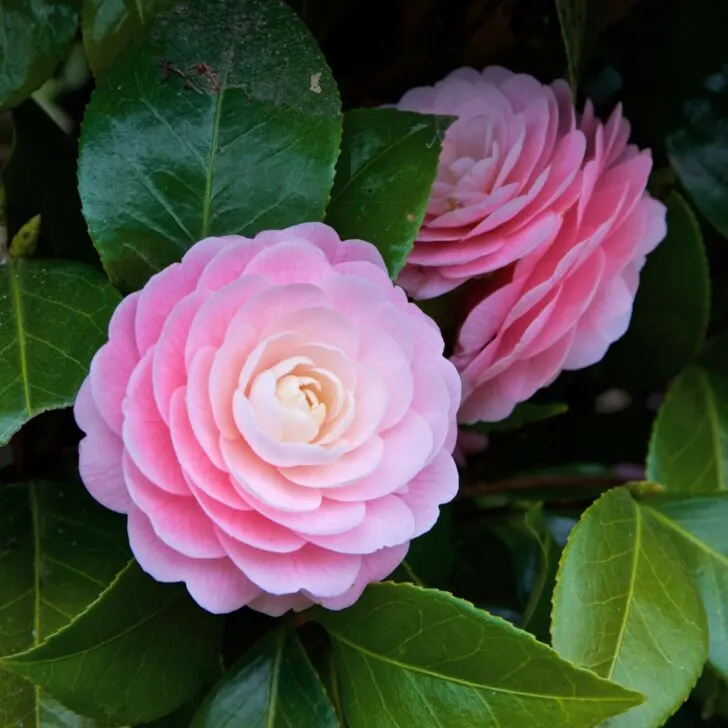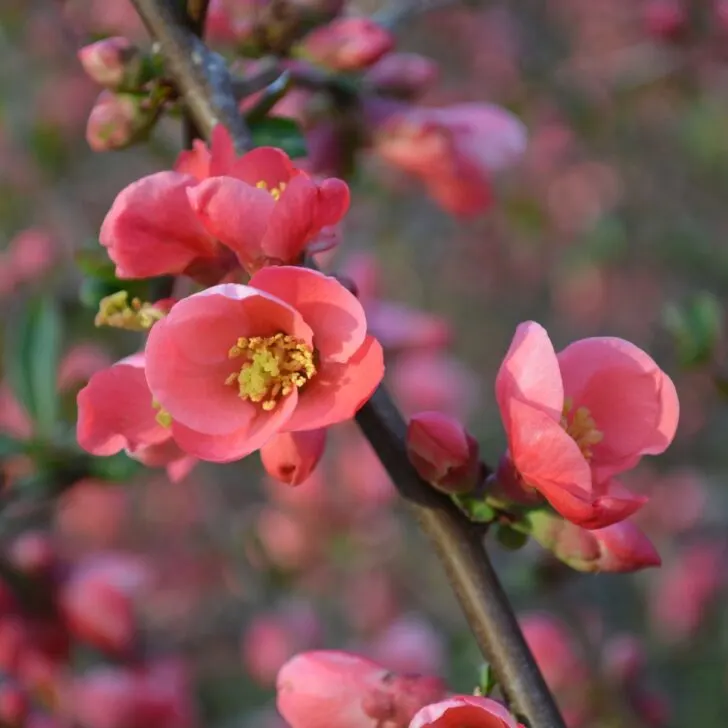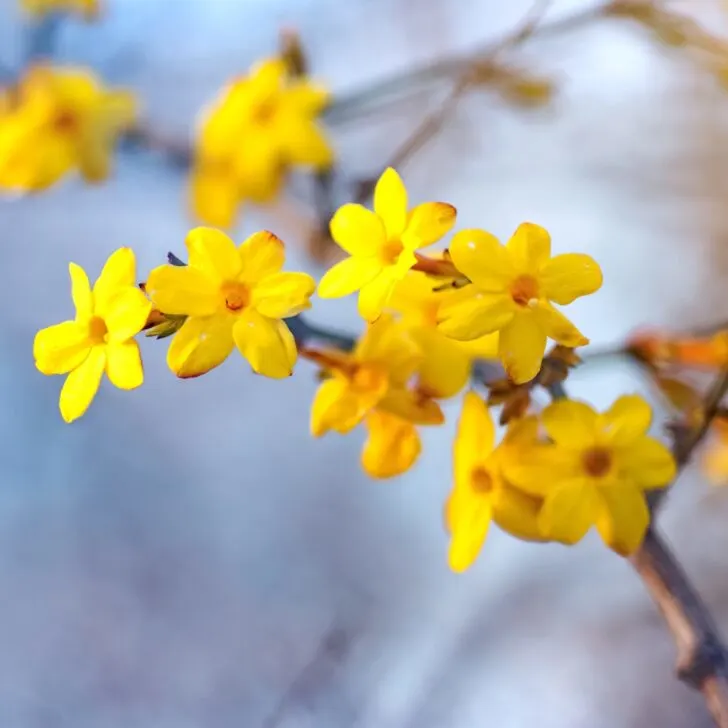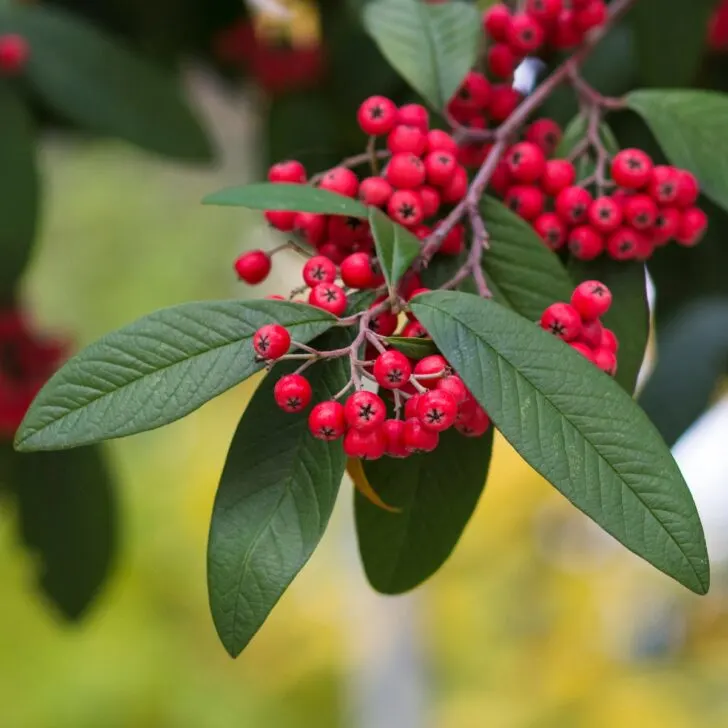Learn how to grow witch hazel and bring beauty to your winter landscape. These plants burst with fragrant yellow flowers in the colder months!
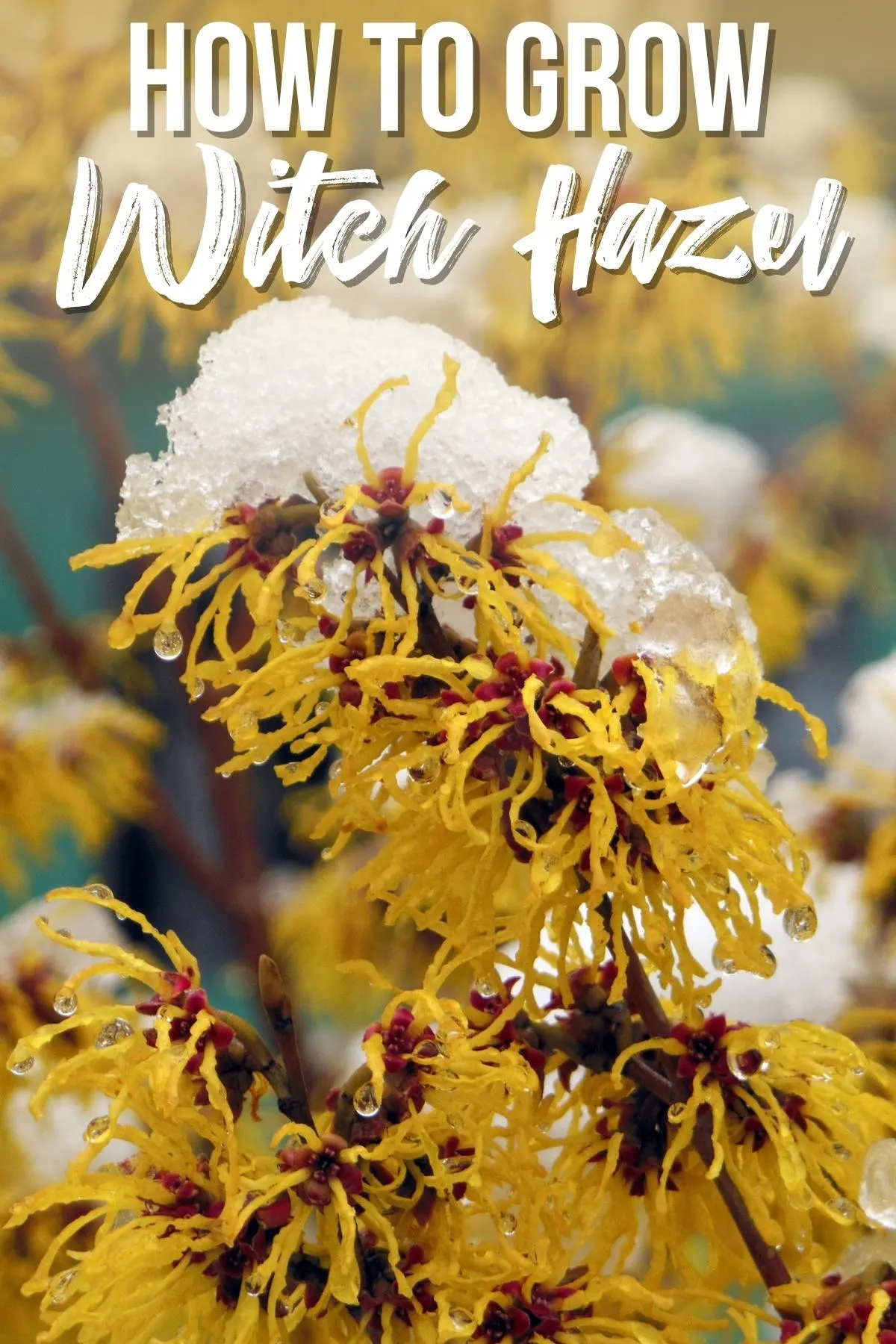
Witch hazel's bushy flowers look fantastic set against a dreary winter landscape. You'll also appreciate their delightful scent if you plant one on a frequently traveled path. I still remember the first time I smelled one while walking through the Seattle Arboretum's winter garden!
In fall, the leaves turn yellow, orange, or rust color, depending on the variety. In summer, branches are covered with gorgeous oval leaves, sometimes tinged with other colors when they first appear.
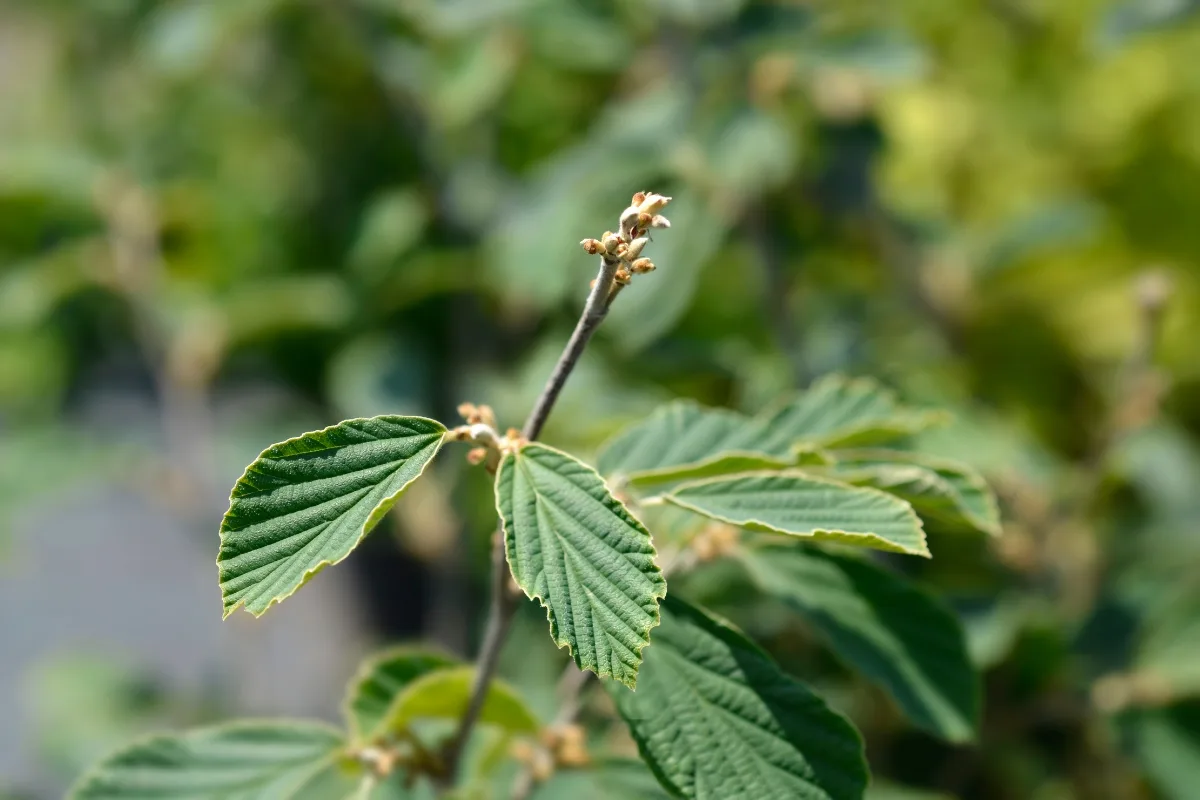
For all it has to offer, witch hazel is an undemanding plant with few maintenance needs other than an adequate amount of water. It has many cultivars that range from large shrubs to modestly sized trees and a variety of branch structures, including upright, vase-shaped, spreading, and weeping forms.
One more winter gift from witch hazel is that you can trim bud-covered branches and add them to floral arrangements or force them into bloom inside your home!
This post contains affiliate links for your convenience. Purchases made through these links may earn me a small commission at no additional cost to you.
Witch Hazel Cultivars
There are several species of witch hazel to choose from, along with numerous cultivars differing in fall leaf color, flower color, and size of the mature plant.
Many types of witch hazel grow slowly, but hybrids grow faster and can put on up to a foot of growth per year when planted in optimum conditions. Cultivars with yellow flowers usually have yellow autumn foliage, and those with reddish flowers generally have leaves that turn red in fall.
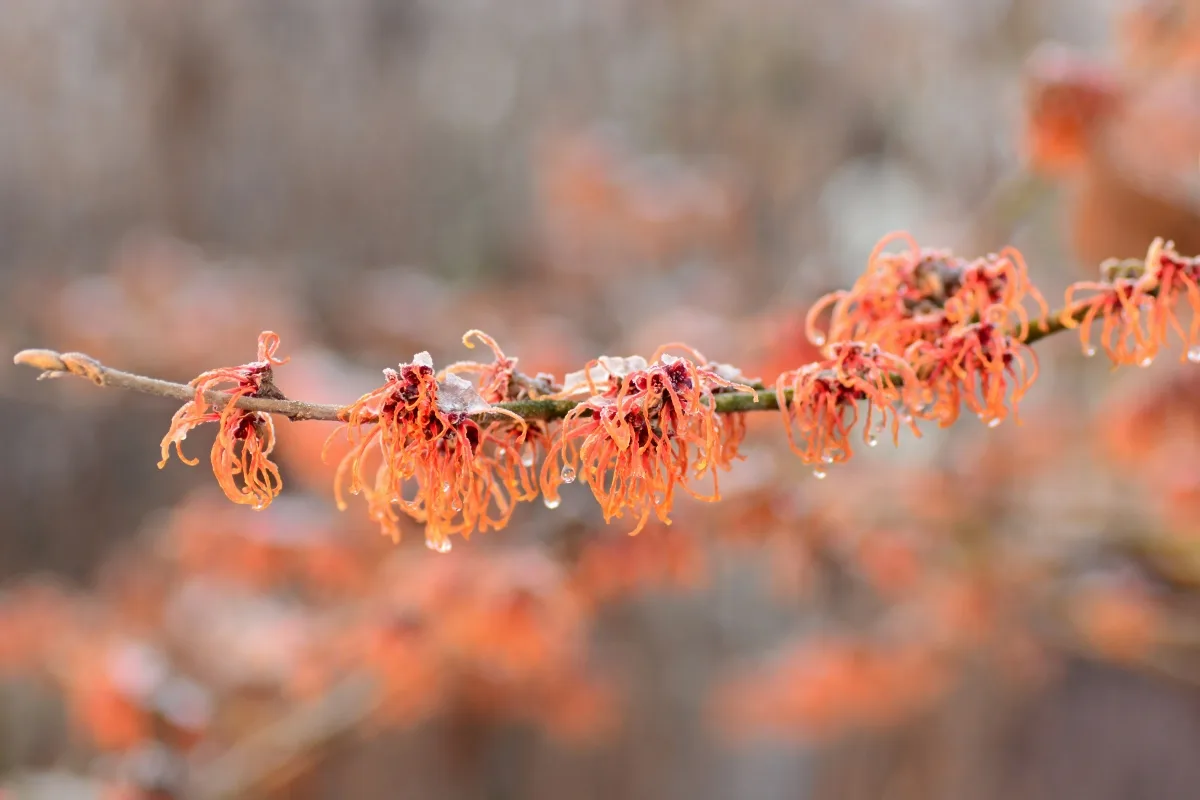
Three species are native to North America, one is from China, and one is from Japan. Of these, Chinese witch hazel, American witch hazel - also called common witch hazel - and vernal witch hazel are the most readily available at nurseries and online.
Chinese witch hazel, along with a hybrid of the Chinese and Japanese types, are favored for ornamental landscape use due to their vibrant summer foliage, rich autumn colors, and flowers that bloom in February and March.
American witch hazel is the tallest type, growing up to 25 feet high, with bright yellow fall colors and flowers appearing between October and December.
Vernal witch hazel is the most compact at a mature size between six and ten feet, typically blooming in February and March.
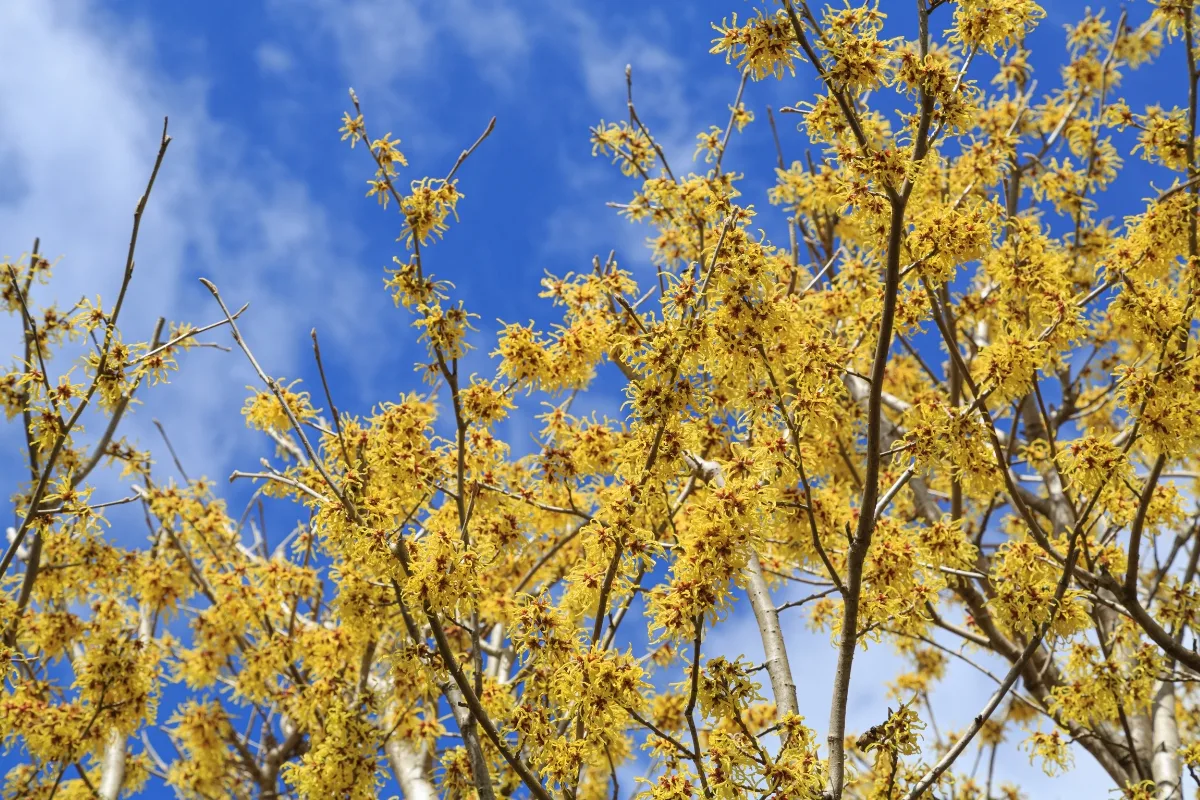
Some popular witch hazel cultivars include:
- 'Red Imp' - copper-colored fall leaves
- 'Goldcrest' - larger petals than other types
- 'Superba' - orange-tipped flowers appearing as early as December
- 'Lombart's Weeping' - incredibly intense fragrance
- 'Arnold Promise' - works well as a hedge
When to Plant Witch Hazel
The best time to plant witch hazel is either early spring or late fall when the ground is not frozen or waterlogged. However, you can also plant them at other times of the year if you keep the soil moist but not soggy after planting.
Where to Plant Witch Hazel
Witch hazel grows best in loamy soil with good drainage and a slightly acidic pH. They can survive in clay soil but likely won't be as vigorous. These plants grow best in full sun exposure, but can survive in shadier locations. However, they won't flower as much when planted in partial shade.
To produce flowers, witch hazel needs a chill period during the winter when temperatures drop below 30°F for several weeks. Most types can endure temperatures down to -10°F, making this a suitable plant for zones 3-8.

You can plant witch hazel as a specimen, in groups in a border, and under taller trees where they are in partial shade. Witch hazel's attractive branch structure contrasts nicely with smaller perennials planted underneath. To create a hedge or privacy screen, you can plant shrubbier forms of witch hazel in rows.
How to Plant Witch Hazel
While it is possible to grow witch hazel from cuttings and seed, the easiest method is to buy potted or bare root plants. Put these in the ground in early spring, and give them plenty of water until they are established. After that, witch hazel can tolerate occasional dry spells, although it is happiest with regular watering.
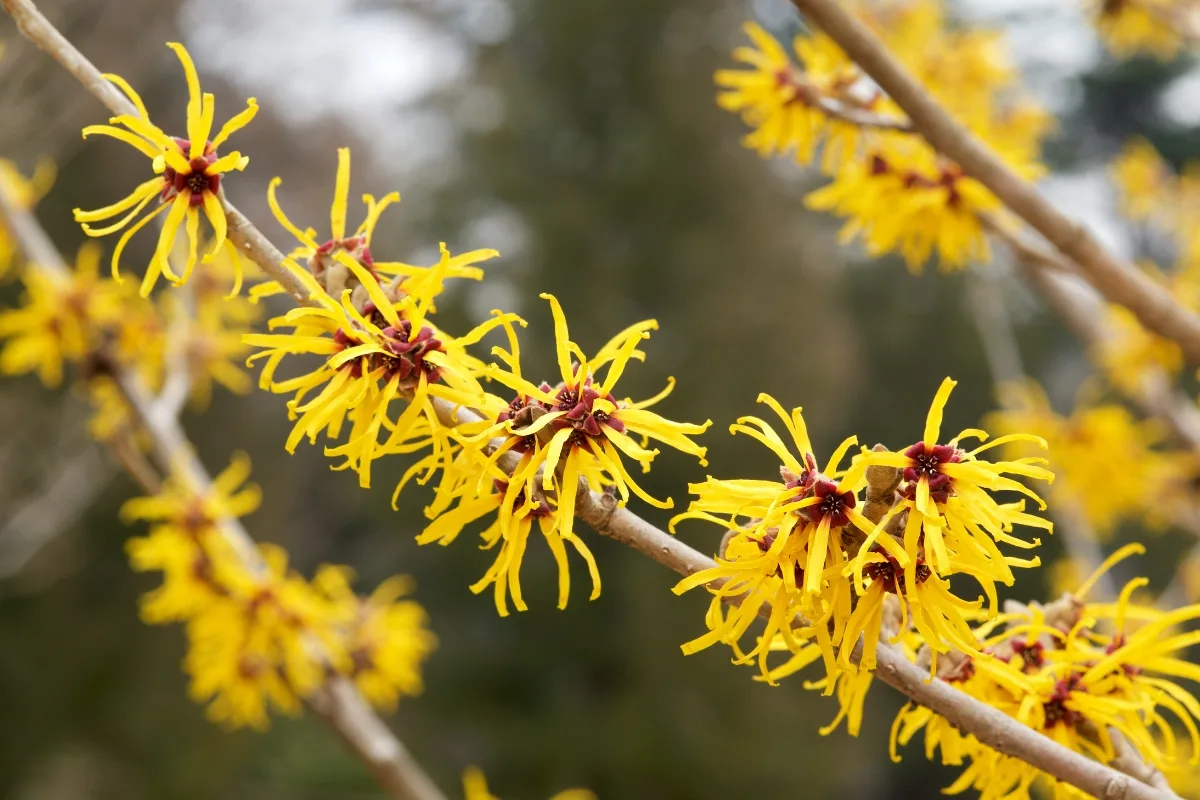
How to Care for Witch Hazel
Witch hazel has few pest or disease problems when planted in a suitable site and given adequate water.
Trees and shrubs can benefit from pruning to remove suckers in varieties that spread from the roots. Cut suckers down to ground level and remove unwanted or damaged branches where they join the trunk.
Make sure your witch hazel shrubs and trees have moist soil and good sun exposure, and they will delight you with their colors and textures from early spring through winter's coldest days.

